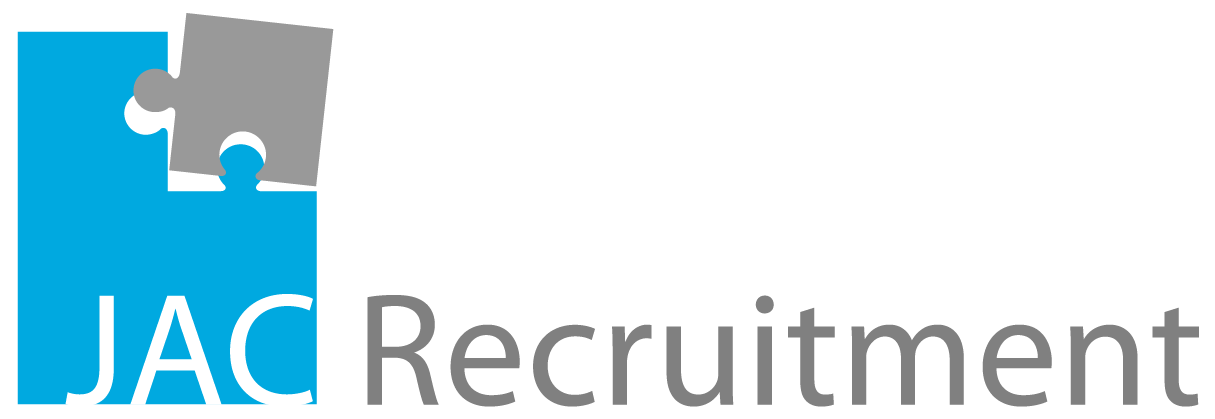It happens more often than we would like to admit. Your day starts with a reasonably clear to-do list, and by lunchtime, it is a different story. A colleague goes on leave. A project deadline gets moved up. New requests roll in from multiple directions. Suddenly, you are juggling more than you signed up for.
Managing a bigger workload is something nearly every professional will face, sometimes for a day, sometimes for much longer. In many situations, saying no is not always an option. And when the added workload comes from a place of trust or necessity, the question is not whether to take it on, but how to do it in a way that is sustainable, effective, and professionally valuable.
Here is a closer look at how that can work.
1. More work is not always the problem
When your workload increases, what is often more frustrating than the volume is the lack of visibility around it. You may be putting in extra effort, but unless others are aware of the scope and impact, it can feel like your contributions are quietly absorbed and quickly forgotten.
That is where small shifts can make a big difference:
Track what is new or different in your workload
Translate those tasks into business impact or outcomes
Talk about it, not to complain, but to align
Making the work visible helps open the door for support, recognition, or even a recalibration of expectations, especially in fast-paced or evolving teams.
2. Understanding the type of workload
There is a big difference between being stretched and being strained. Stretch work helps you grow. It might be challenging, but it builds skills, visibility, or ownership. Strain work, on the other hand, tends to drain without direction. It often feels repetitive, chaotic, or disconnected from your role.
Being mindful of the difference allows you to manage both better. Sometimes, even just labelling the type of work can clarify whether you need more support or simply more structure.
3. You cannot always say no
Not everyone has the option to turn work away, and in many cases, taking on more is part of the role. But how you say yes matters. Instead of absorbing everything, consider shaping the request.
Try:
“Happy to support this. Should I pause X to focus on this first?”
“To make sure I deliver this well, can we clarify which deadlines are most flexible?”
These are not rejections, they are reflections. And they help build clarity on both sides.
4. Architect, do not just absorb
When the workload keeps piling up, it is natural to go into reactive mode. Trying to push through with longer hours or multitasking. But over time, that approach has limits. A more sustainable strategy is to step back and architect better ways of working.
That might mean:
Automating or templating routine tasks
Setting up clearer workflows or shared resources
Delegating where appropriate or helping others self-serve
It is not always about doing less, it is about making the extra work lighter over time.
5. Reprioritisation is a skill
One common trap is trying to do everything, just in a slightly more rushed or fragmented way. But effective professionals know that more work does not mean doing it all at once. It often means reshaping the plan.
A useful tool here is the Eisenhower Matrix. A simple way to sort tasks into four categories:
Urgent and Important (do now)
Important but Not Urgent (schedule it)
Urgent but Not Important (delegate if possible)
Not Urgent and Not Important (consider dropping)
It helps take the emotion out of prioritising when things pile up, and makes it easier to protect your time for work that truly matters.
Reprioritisation is not about dropping the ball; it is about deciding which ball to carry more carefully for now. Whether you use a simple task matrix, a check-in with your manager, or a whiteboard that resets each week, the goal is the same every day stay focused on what truly moves the needle.
6. More work can be a career moment
This is not about romanticising long hours. But occasionally, the extra work that stretches you also elevates you. Maybe you led a project that was outside your comfort zone. Maybe you spotted inefficiencies while managing a heavier load and fixed them. Maybe you earned trust that leads to future opportunities.
When the dust settles, looking back on these moments can reveal growth that was not visible in real time. It is not always the case, but when it is, recognising it can be motivating.
7. When you are trusted, you are tested
Extra workload can be a sign of trust. People rely on you because they believe you can handle it. But trust should come with support, not silence.
If the new level of responsibility is becoming the new normal, it is okay to have a conversation, not about lowering effort, but about ensuring it is directed in the right place. That could mean redistributing tasks, setting new boundaries, or simply agreeing on what “good enough” looks like.
Final Thought
Handling more work is not easy, but it does not have to mean losing control. With the right balance of clarity, structure, and reflection, it is possible to stay effective, stay visible, and still protect your long-term performance.
Sometimes the load teaches us something. Sometimes it signals something. And sometimes, it simply reminds us that even in the busiest seasons, how we work matters just as much as what we get done.
If you are navigating a heavier workload or looking for a role that better matches your strengths, you are not alone. Sometimes the right move forward starts with a conversation.


